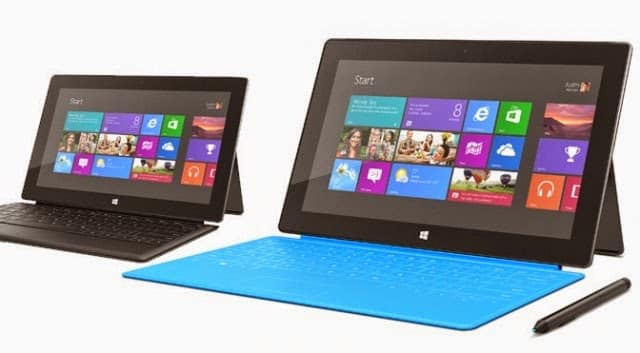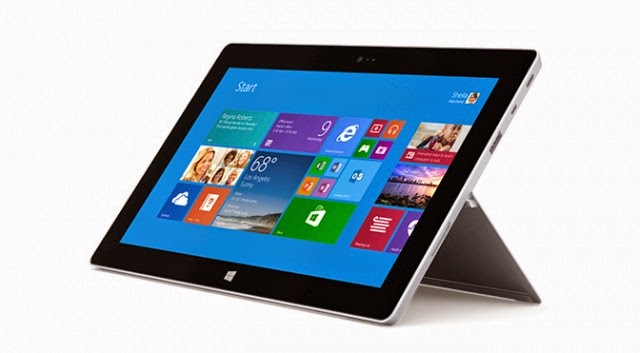Microsoft has signaled that it’s going to update its Surface at an upcoming announcement on May 20 with a new Intel product.
If rumors are accurate, we’ll see a new ARM device as well, possibly powered by a Qualcomm solution rather than the Nvidia SoCs that the company used for both the Surface RT and Surface 2. Surface sales were up by 50% last quarter, with total revenue of $494 million — but the Surface cost of revenue was $539 million, which keeps the entire segment in the hole.
Using Qualcomm for a new miniature Surface (possibly something in the seven to 10 inch range) makes sense for multiple reasons. While Nvidia originally planned to deploy two versions of the Tegra 4, the lower-end Tegra 4i has never shipped in volume to US customers (though the upcoming privacy-focused Blackphone will reportedly use this SoC). Microsoft was likely looking to trim power consumption and performance for its smaller device, and Qualcomm has a number of Snapdragon 600 products that could do it. That doesn’t mean Redmond is unhappy with Nvidia as a partner, but the Tegra manufacturer just may not have had a preferred solution for this segment.
Surface x86: Bay Trail or Haswell?
The other interesting question is whether we’ll see a Bay Trail-powered Surface mini or a point refresh on Surface 2 Pro. The problem with the latter is that Microsoft already did a recent CPU upgrade to the newer Surface; the Core i5-4300U replaced the Core i5-4200U earlier this year. Intel doesn’t really offer anything else that constitutes an improvement in the 15W TDP category — there’s the Core i5-4350U, which swaps CPU clock for additional GPU horsepower, and a Core i7-4510U with a slightly higher top-end frequency and an extra 1MB of L2 cache, but those are pretty slim pickings to hang an upgrade on.
Intel could give Microsoft a limited-edition Broadwell part (effectively launching its 14nm hardware early), but that’s the kind of move that would infuriate every other OEM partner. The other alternative is that the company will launch two Surface mini tablets — an x86 flavor and ARM one. Whether this bifurcated strategy would confuse customers is an open question — in fact, the entire future of the ARM side of the Windows business is an open question, and one that Microsoft has previously hinted it might resolve by killing its Windows RT business. We know Bay Trail is powering a great many other Windows 8.1 small tablets, so using it in Mini-Surface 2 wouldn’t be unprecedented.
What Microsoft does with its miniature Surface tablet should signal exactly how serious it is about building an ARM ecosystem. If it keeps an ARM flavor in play (regardless of SoC vendor), it’ll mean it remains committed to developing for both architectures. If the Qualcomm rumor isn’t true, then launching an x86 miniature tablet (again, using Haswell or Bay Trail) will signal its decision to move back towards an x86-only shop.
Source : Extreme Tech



